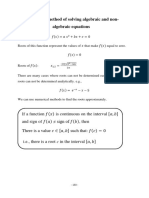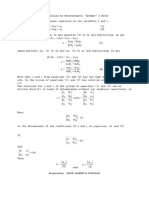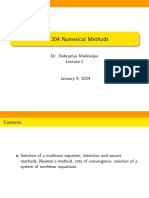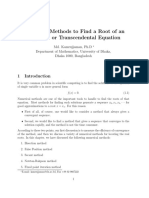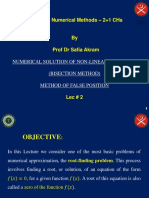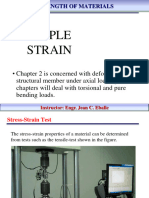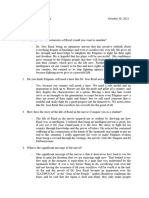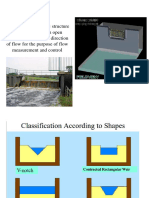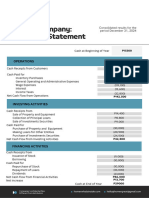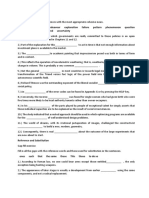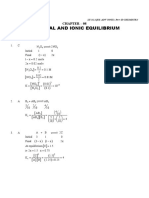0% found this document useful (0 votes)
129 views22 pagesPRELIM
This document discusses numerical solutions to civil engineering problems. It introduces numerical methods like Taylor series and the bisection method to solve differential equations numerically. The bisection method uses interval halving to find roots of equations. It works by repeatedly narrowing the interval until the solution is found. The false position method is also introduced, which uses linear interpolation between two points to iteratively estimate the root of an equation. Examples are provided to demonstrate applying these numerical methods.
Uploaded by
Marshall james G. RamirezCopyright
© © All Rights Reserved
We take content rights seriously. If you suspect this is your content, claim it here.
Available Formats
Download as DOC, PDF, TXT or read online on Scribd
0% found this document useful (0 votes)
129 views22 pagesPRELIM
This document discusses numerical solutions to civil engineering problems. It introduces numerical methods like Taylor series and the bisection method to solve differential equations numerically. The bisection method uses interval halving to find roots of equations. It works by repeatedly narrowing the interval until the solution is found. The false position method is also introduced, which uses linear interpolation between two points to iteratively estimate the root of an equation. Examples are provided to demonstrate applying these numerical methods.
Uploaded by
Marshall james G. RamirezCopyright
© © All Rights Reserved
We take content rights seriously. If you suspect this is your content, claim it here.
Available Formats
Download as DOC, PDF, TXT or read online on Scribd
/ 22


